Giro d'Italia 2013: The race preview
Giro Countdown: 10 days to Naples
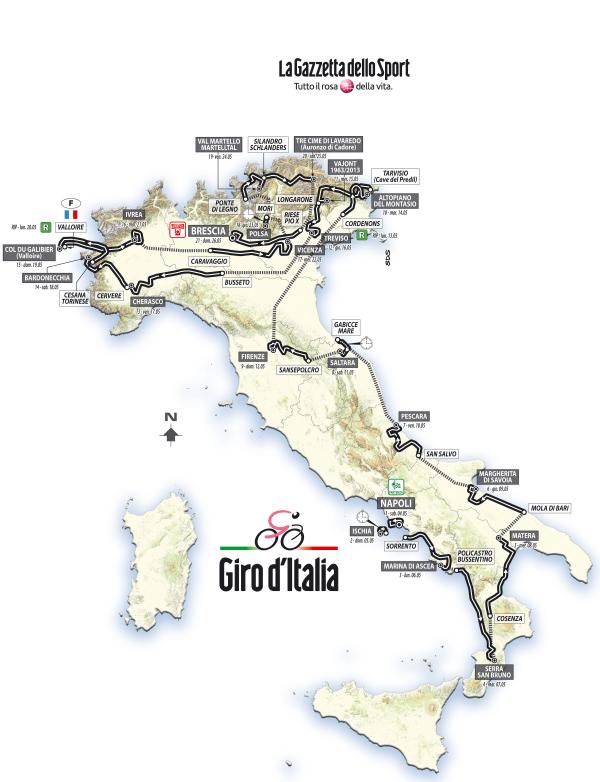
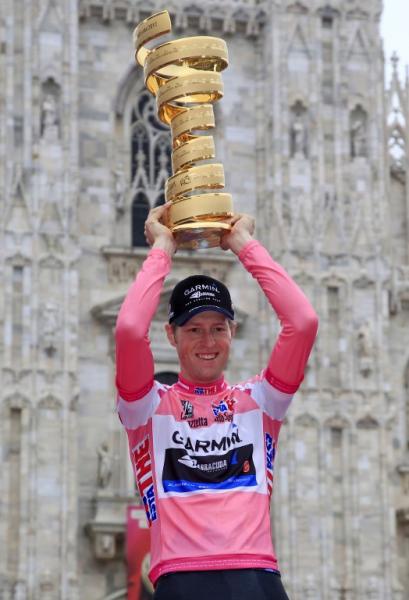
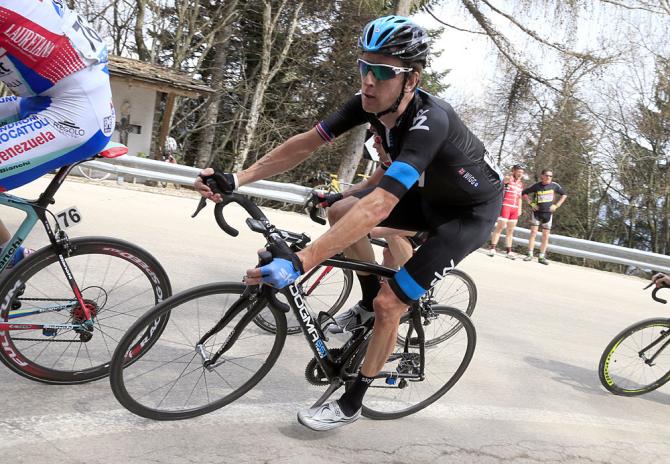
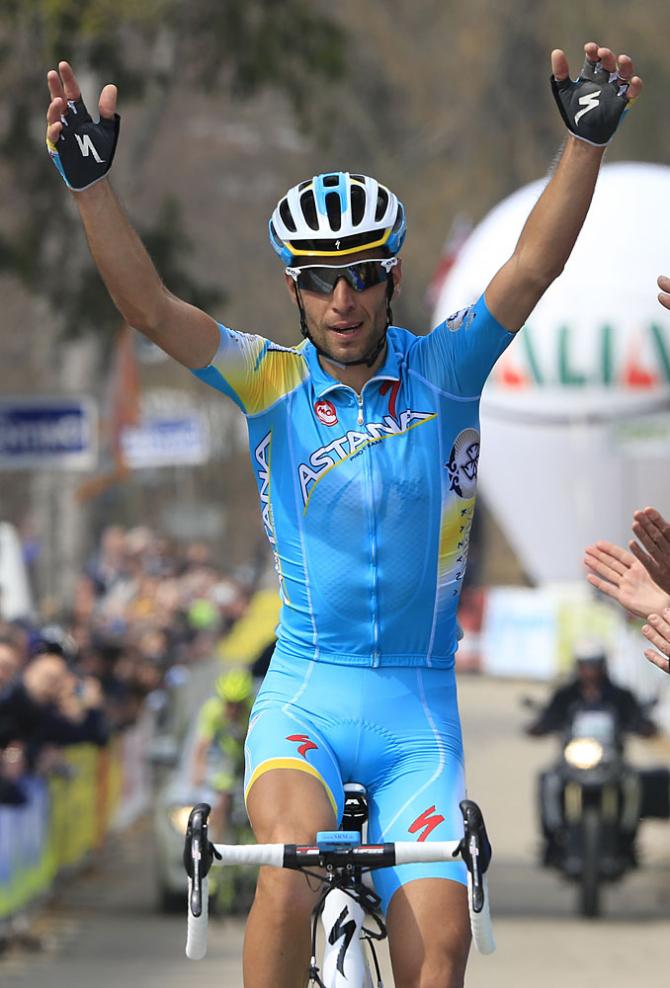
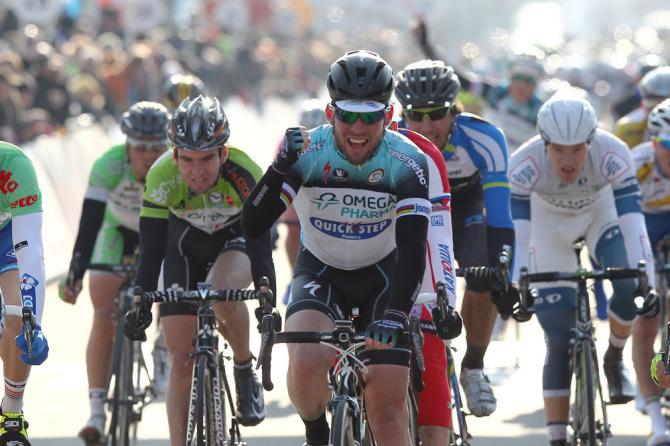
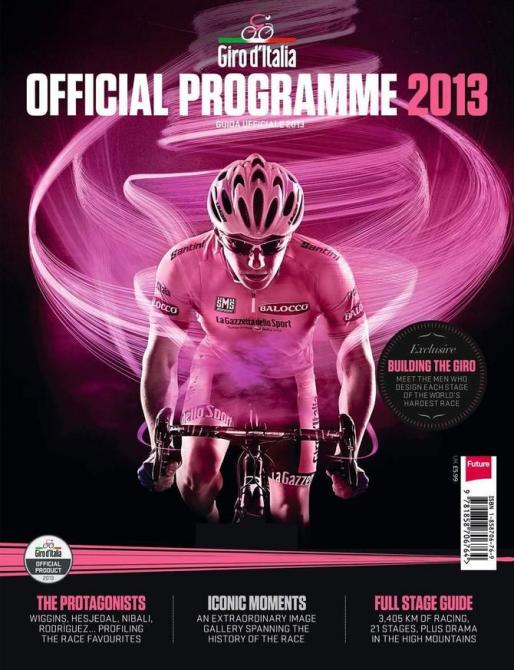
This year's Giro d'Italia is set to be one of the best ever editions of the Corsa Rosa, promising three weeks of great racing with the Italian countryside as a stunning backdrop.
Race organiser RCS Sport has managed to attract one of the best ever fields for the 96th edition of the Giro d'Italia, with a star-studded start list including overall contenders, many of the world's best sprinters and a host of riders chasing stage victories and glory during the three weeks of racing.
The race route is finely balanced, with the passion and warmth of Naples and the south of Italy coming before a visit to Florence, little-known mountain stages in the northeast, a 'homage' to the French Alps with a summit finish on the Galibier, and then a grand finale in the Dolomites.
Wiggins versus Nibali, Hesjedal, Basso, Sanchez and Gesink
Tour de France winners rarely choose the Giro d'Italia as their major goal of the subsequent season but Bradley Wiggins (Team Sky), weary of the pressures of France, has named the Giro d'Italia as his first objective of 2013 and has planned his season to be at his very best in May.
The Giro d'Italia tifosi admire the best international riders but they love a home favourite and everyone in Italian cycling is hoping Vincenzo Nibali (Astana) can take on Wiggins this year and win his first maglia rosa.
The two are finely matched, as they showed at the recent Giro del Trentino, but are also very different as riders. While Wiggins and Team Sky love controlled racing, Nibali likes to throw caution to the wind. Their contrast in styles, nationality and character will be fascinating to watch as their battles evolves during each day of racing.
Get The Leadout Newsletter
The latest race content, interviews, features, reviews and expert buying guides, direct to your inbox!
Of course, the Giro d'Italia promises to be far more than just a head to head battle between Nibali and Wiggins. 2012 winner Ryder Hesjedal (Garmin-Sharp) will wear number one and has great shot at becoming a rare back to back winner. Other overall contenders include Michele Scarponi (Lampre-Merida), Ivan Basso (Cannondale), Robert Gesink (Blanco Team), Samuel Sanchez (Euskaltel-Euskadi) and Cadel Evans (BMC Racing Team).
Mark Cavendish (Omega Pharma-Quick Step) again leads the sprinters looking for stage victories. His biggest rivals will be Matt Goss and Michael Matthews (Orica-GreenEdge), John Degenkolb (Argos-Shimano), Nacer Bouhanni (FDJ), Sacha Modolo (Bardiani Valvole) and Francesco Chicchi (Vini Fantini-Selle Italia).
Taylor Phinney (BMC Racing Team) will also be back at the Giro d'Italia after winning last year's opening time trial. Other riders to watch for include Wiggins' Colombian teammate Rigoberto Uran, Filippo Pozzato (Lampre-Merida), Domenico Pozzovivo (Ag2r-La Mondiale), the USA's Peter Stetina (Garmin-Sharp) and the return of his teammate Christian Vande Velde after his six-month doping ban.
After the start in Denmark last year, the 2013 Giro d'Italia will begin with a very Italian flavour, with Naples hosting the Grande Partenza and the chaotic charm of the city offering a colourful canvas as the backdrop to the opening stage.
The 130km circuit around the Naples seafront will surely end with a high-speed sprint but things get far more technical on day two with the 17.4km team time trial on the nearby island of Ischia. The route of the 'cronosquadre' is very technical and should create significant tine gaps, giving Wiggins and Team Sky a chance to stock up their first chunk of time before the mountains.
The first week of the Giro d'Italia visits the south of the country, with several opportunities for the sprinters and attackers. There is always an early mountain finish in the Giro d'Italia and this year the 246km stage four to Serra San Bruno could catch someone out - it's not especially steep but it is 16km long.
The route heads north along the Adriatic coast, with the 54.8km time trial from Gabicce Mare to Saltara the next big day for the overall contenders. Such a long time trial is ideal for Wiggins but the route is testing, with a twisting first section to Pesaro and a three-kilometre climb up to the finish.
A finish in Florence, but now without a lap of the world championship course, marks the end of the first week, with the riders transferring 300km to the Northeast for the first rest day. The first high mountain comes straight afterwards with a 1519m-high, 21.9km-long summit finish at Altopiano del Montasio. The climb includes a two-kilometre section at 12% and so will surely shake up the overall standings.
The high mountains
Stages 12 and 13 take the Giro d'Italia across northern Italy towards the Alps with sprints likely in Treviso and Cherasco, despite some testing hills on both days.
Stage 14 to Bardonecchia includes the long haul up to Sestriere but it is the following day's finish at the summit of the Galibier that will have everyone worried. It is only 149km long but includes the 25km Col du Mont Cenis and then the Col du Télégraphe before the Galibier finish at 2642 metres. There is virtually no respite between the two final climbs, creating 34.8km of pain. It will be a breathtaking stage in every sense of the word.
The second rest day and two transitional stages ahead of the Dolomites help make this year's Giro d'Italia humane but a late climb could ruin the sprinter's party in Vicenza – the home of Campagnolo, which celebrates its 80th anniversary this year.
The Dolomite tripletto
The tripletto of final mountain stages in this year's Giro d'Italia begin with the 20.4km mountain time trial from Mori to Polsa near Trento. The route twists and turns through the vineyards but the gradient is constant, calling for a controlled but 100% effort.
Stage 19 is a high mountain stage with the legendary Passo Gavia and the Passo Stelvio before the finish at Val Martello. That adds up to over 55km of serious mountain climbing in just 139km of racing.
The final mountain stage is even harder, with a 203km cavalcade through the Dolomites. The views will be spectacular but the riders will have little time to enjoy them as the tackle the Passo Costalunga, the Passo San Pellegrino, the Passo Giau and the Passo Tre Croci, all before the climb to the finish in the shadows of the Tre Cime di Lavaredo.
This final mountain stage will crown the winner of this year's Giro d'Italia. The final stage to Brescia is a chance for a last sprint and to celebrate what should be a great first Grand Tour of the season.